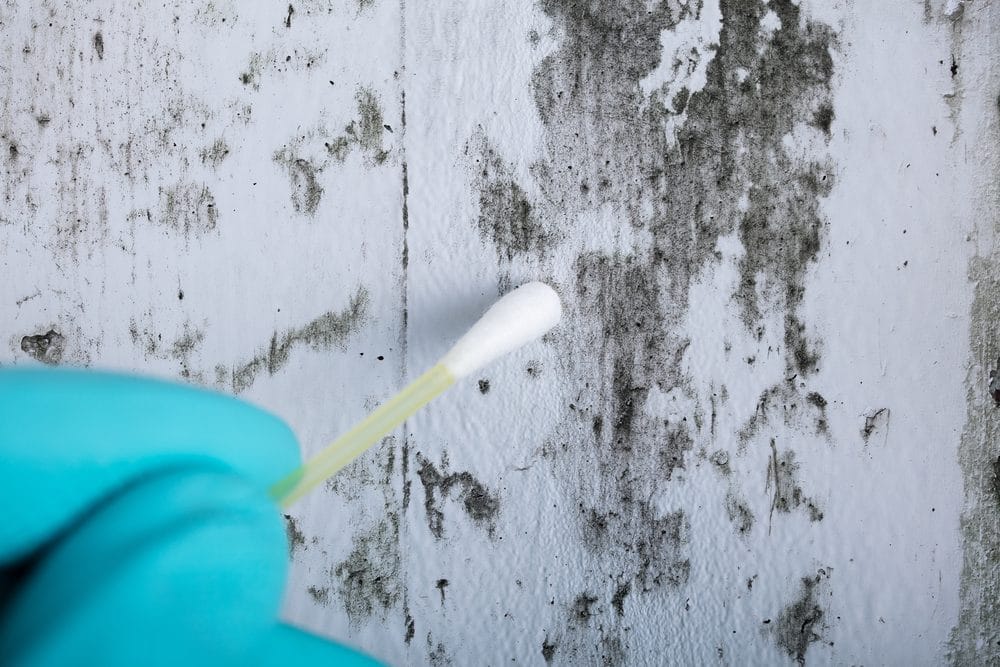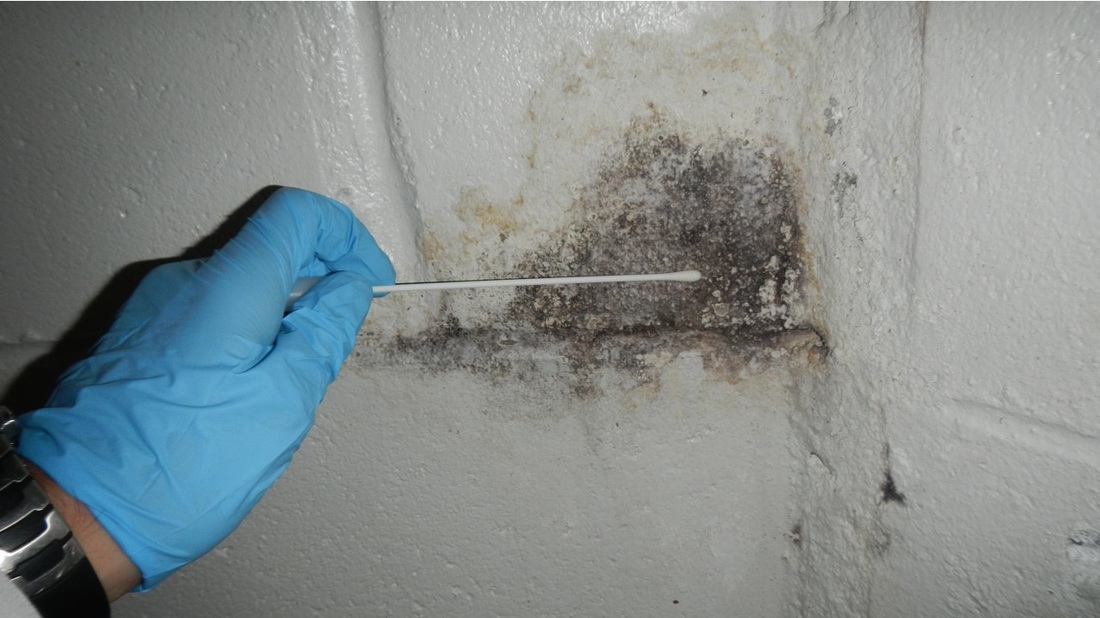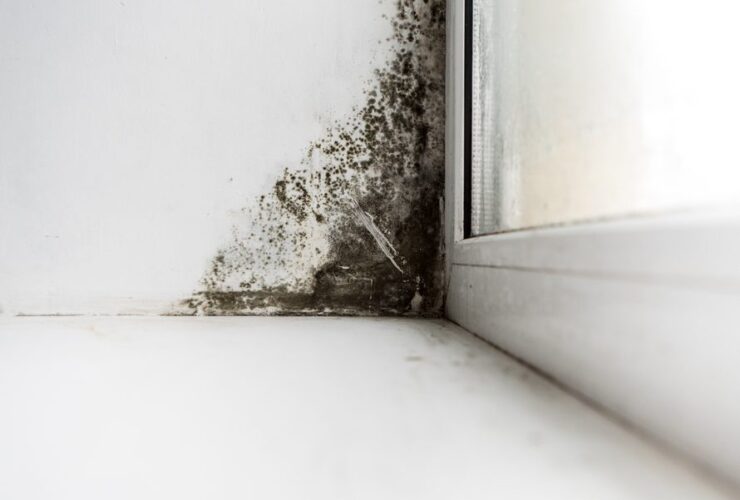Home inspectors play a critical role in identifying potential health hazards within a home, including the presence of mold. Mold can pose serious health risks to occupants, so it is essential for inspectors to be thorough in their assessment.
In order to accurately test for mold, inspectors utilize a variety of methods and tools to detect and pinpoint the source of mold growth. By understanding these techniques, homeowners can take proactive measures to address mold issues and create a safer living environment for themselves and their families.
Visual Inspection
During the visual inspection portion of the mold testing process, home inspectors carefully examine all areas of the property for any signs of mold growth. This includes looking for visible mold spores, water stains, musty odors, and any other indicators of mold presence.
Inspectors will pay close attention to areas that are known for moisture buildup, such as bathrooms, basements, and crawl spaces. By thoroughly inspecting the property, inspectors can identify any potential mold issues and recommend further testing if necessary to ensure the safety of the homes occupants.
Surface Sampling

Surface sampling is a critical method used by home inspectors to test for mold in a property. This process involves taking samples from various surfaces in the home, such as walls, ceilings, floors, and furnishings, to determine if mold is present.
There are different techniques for surface sampling, including tape lifts, swab sampling, and bulk sampling. Each method has its own unique benefits and limitations, but together they provide a comprehensive assessment of the mold situation in a home.
By conducting surface sampling, home inspectors can identify the type of mold present, the extent of the contamination, and develop a plan for remediation if necessary. This thorough approach ensures the safety and well-being of the occupants and helps to create a healthy living environment.
Swabbing and Tape Lift Tests

When inspecting a home for mold, home inspectors may utilize a variety of methods and tools to determine the presence of mold spores. Swabbing and tape lift tests are common techniques used to collect samples for laboratory analysis.
Swabbing involves using a sterile swab to collect samples from suspected mold growth areas, while tape lift tests involve pressing adhesive tape against surfaces to collect mold spores. These samples are then sent to a lab for analysis to identify the type of mold present and determine its concentration in the home.
Both swabbing and tape lift tests are effective ways to detect mold and assess the extent of contamination in a property.
Conclusion
In conclusion, home inspectors use a variety of methods and tools to test for mold in residential properties. From visual inspections and moisture meters to air sampling and thermography, these professionals are equipped to identify the presence of mold and determine the extent of the contamination.
By following standardized procedures and guidelines for mold assessment, home inspectors play a crucial role in helping homeowners address and remediate mold issues, ultimately ensuring the health and safety of occupants. With their expertise and comprehensive approach, home inspectors are valuable resources for identifying and addressing mold problems in homes.





